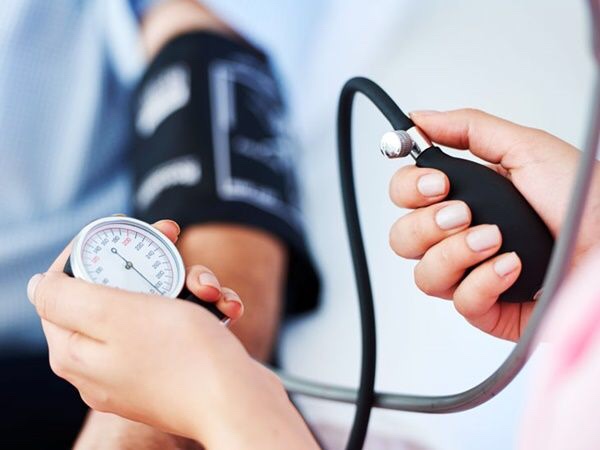The Ashanti Regional Health Directorate is concerned about the rising number of hypertension cases in the area.
In 2021, the region topped the Ghana Health Service’s data repository, accounting for almost 121,000 of Ghana’s 612,000 hypertensive patients
According to the 2014 Ghana Demographic Health Survey, hypertension knowledge is poor in Ghana, with more women than males aware of Oh their high blood pressure levels.

Hypertension was the second biggest cause of hospital admissions in the Ashanti region, according to the District Health Information Management System.
Dr. Emmanuel Tinkorang, regional health director, attributed the rising figures to a sedentary lifestyle.
“As a result of lifestyle changes, the prevalence of these noncommunicable diseases is rising in Africa. People used to travel to farms by foot, but now they rely on automobiles. They are also sedentary and eat a wide variety of foods.
“As a result, people get Metabolic Syndrome, which is causing havoc across the country,” he explained.
The Ghana Health Service has established a community-based campaign team across the region in partnership with the Healthy Heart Africa program.
The 13-member team has been tasked with visiting communities to raise awareness about non-communicable diseases in order to reduce the number of cases.
“As a result of changing lifestyles, noncommunicable diseases are becoming more prevalent in Africa. People used to go to farms, but now they use cars. They also eat a variety of foods and live sedentary lifestyles.
“As a result, people develop Metabolic Syndrome, which is causing havoc in this country,” he explained.
The Ghana Health Service has established a community-based campaign team across the region, in collaboration with the Healthy Heart Africa program.
The 13-member team has been tasked with going out into communities to raise awareness about non-communicable diseases.
It is believed that over 30 percent of African people have high blood pressure.
This number is anticipated to climb to 150 million by 2025 among adults in Sub-Saharan Africa.
In an effort to combat the epidemic, a wellness facility has been developed for the public to check their hypertension status.
For more updates on health articles, frequently visit http://Kasapanews.com